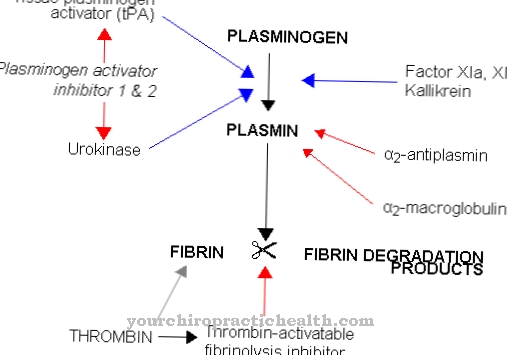As Fatty acids Aliphatic monocarboxylic acids are called, which have an unbranched carbon chain. According to their natural occurrence or their chemical structure, saturated and unsaturated fatty acids can be differentiated.
What are fatty acids?
Due to their different chain lengths, fatty acids can be divided into lower, medium and higher fatty acids. Natural fatty acids are normally made up of an even number of carbon atoms and have no branches.
A carbon chain must have at least four carbon atoms, whereby the simplest natural fatty acid is butyric acid. Unsaturated fatty acids have double bonds that are cis-configured. If there are several double bonds, they are separated by a CH2 group. Unsaturated fatty acids have two to eight fewer hydrogen atoms than saturated fatty acids. Fatty acids that have two fewer hydrogen atoms are called monounsaturated fatty acids. In contrast, polyunsaturated fatty acids have four to eight fewer hydrogen atoms. Saturated or some unsaturated fatty acids can be built up or converted by the body.
This is not the case with polyunsaturated fatty acids, which is why they have to be taken in through food and are therefore also referred to as essential fatty acids. The so-called essential fatty acids are needed by the body, but it is not able to produce them itself. For humans, these are linolenic acid or linoleic acid. A special form are the trans fatty acids, which are created when polyunsaturated fatty acids are heated. In the food industry, fatty acids are mainly used as raw materials for various emulsifiers, and they are also used as release agents, carriers and as coating agents.
Function, effect & tasks
Fatty acids are stored in adipose tissue as triglycerides, where lipolysis also takes place if necessary. The free fatty acids are then transported in the bloodstream to the cells that need energy.
The body stores the energy in depots and in the case of longer deficiencies it then has the opportunity to fall back on these reserves. Fatty acids are essential components of dietary fats. In addition to carbohydrates and proteins, fat is one of the basic nutrients. By absorbing fat, the body is supplied with essential fatty acids and energy. Essential fatty acids are important for cell structure and for various metabolic processes. They can control the absorption of fat from the intestine, regulate fat metabolism and lower cholesterol levels. In addition, fat is important in order to be able to absorb fat-soluble vitamins such as vitamin K, vitamin E, vitamin D and vitamin A.
The self-synthesis, however, depends on the diet. If a lot of carbohydrates and few saturated fatty acids are consumed, the fatty acid synthesis increases. By consuming too much protein and fat, however, the formation of important fats is inhibited and more storage fat is stored. The cell membranes lose their function, suppleness and readiness to react, and saturated fats also increase the stickiness of the blood platelets and the tendency towards inflammation. As a result, the blood vessels also narrow.
Education, occurrence, properties & optimal values
Many fatty acids are found in the seed oils of the vegetable kingdom, some of which also represent developmental relationships. These include, for example, tariric acid, petroselinic acid, cyclopentene fatty acids, erucic acid and cyclopropene fatty acid. Saturated fatty acids are mainly found in animal foods such as sausage products, meat, butter, lard, cream or cheese.
Unsaturated fatty acids or polyunsaturated fatty acids can be found in fish or vegetable foods such as walnut oil, linseed oil, olive oil or rapeseed oil. Linolenic and linoleic acid, on the other hand, are found in sunflower seed oil, corn oil, soybean oil, nuts and in types of fish such as salmon, mackerel and herring. Trans fatty acids can be found in shortening, margarine, biscuits, puff pastry or potato chips, for example. Polyunsaturated fatty acids can be divided into omega-3 fatty acids and omega-6 fatty acids. A distinction is made between omega-3 fatty acids:
- Alpha-linolenic acid: Found in nuts, dark green leafy vegetables, walnut oil, soybean oil, rapeseed oil or linseed oil.
- Docosahexaenoic acid (DHA) and eicosapentaenoic acid (EPA): Found in fish such as tuna, salmon or mackerel
A distinction can be made between the following groups of omega-6 fatty acids:
- Linoleic acid: contained in grape seed oil, corn seed oil, pumpkin seed oil, safflower oil or sunflower oil
- Arachidonic Acid: Can be found in egg yolks, butter, offal, or meat.
Diseases & Disorders
Unsaturated and saturated fatty acids are good sources of energy. They have a positive effect on the immune system and other metabolic processes. However, unsaturated trans fats are quite detrimental to cholesterol because they increase LDL cholesterol.
They also increase the risk of sudden cardiac death or coronary heart disease (CHD). It is therefore important to be able to estimate which fats or how much fat is being consumed. However, a completely fat-free diet is not advisable as some components of fat have important functions. One third of the fat consumed should consist of saturated and two thirds of unsaturated fatty acids. If too many omega-6 fatty acids are taken in, this promotes the formation of so-called eicosanoids, which promote inflammation.
To counteract this, enough vitamins C, A and E should always be consumed, as they are able to convert omega-6 fatty acids and reduce the concentration of eicosanoids. Basically, however, essential fatty acids are very important, as their intake lowers blood fat levels and the risk of cardiovascular diseases is reduced. A lack of essential fatty acids can lead to the following diseases:
- Weakened immune system
- high blood pressure
- Lipid metabolism disorder
- Skin changes
- Kidney disease
- Decreased liver function
- Worsening of symptoms from allergies, arthritis, thrombosis or eczema.

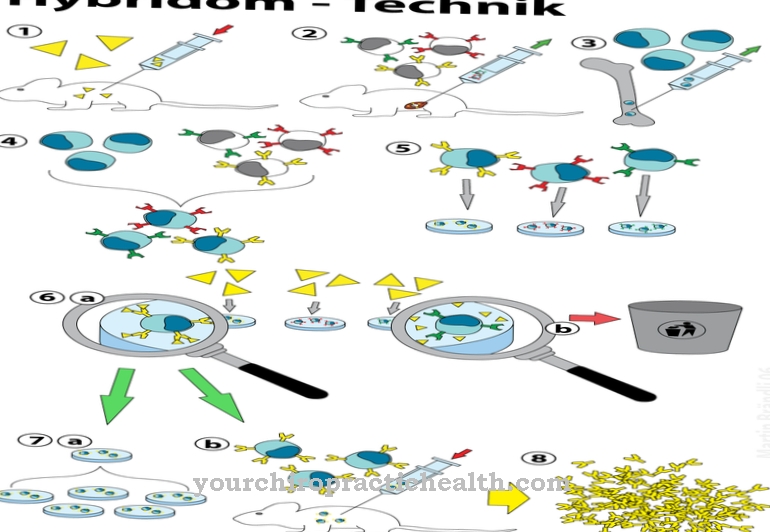
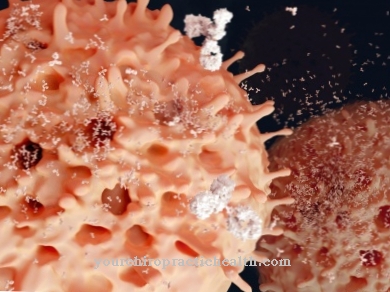
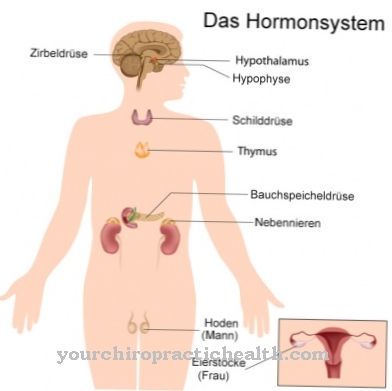




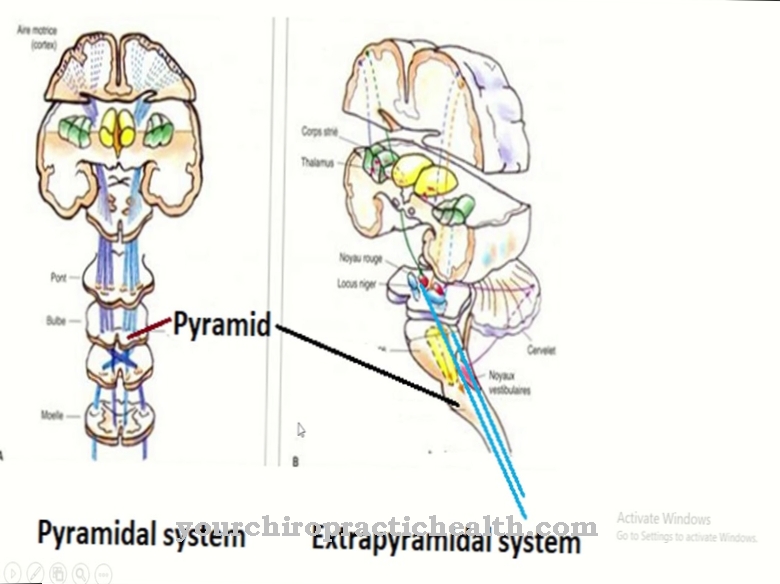
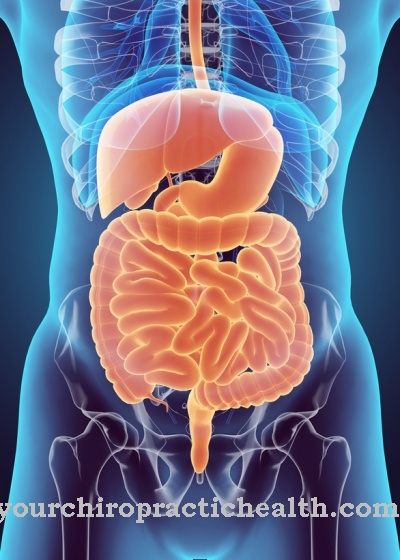
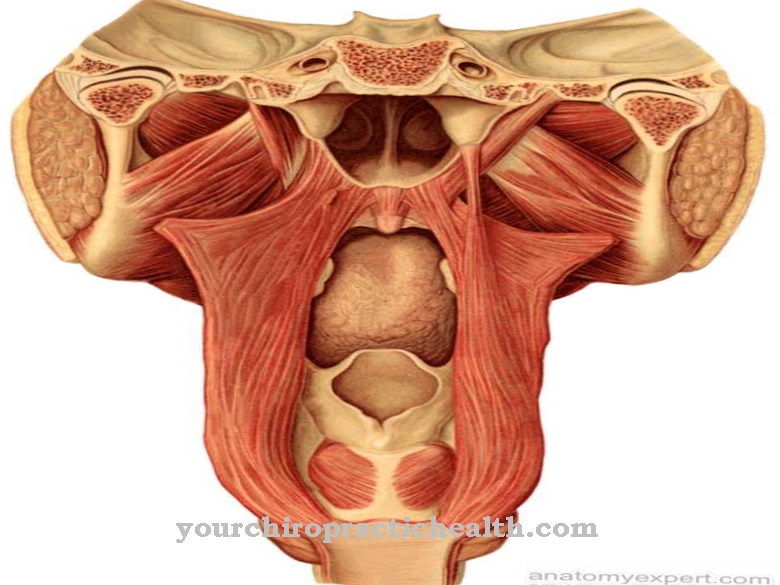
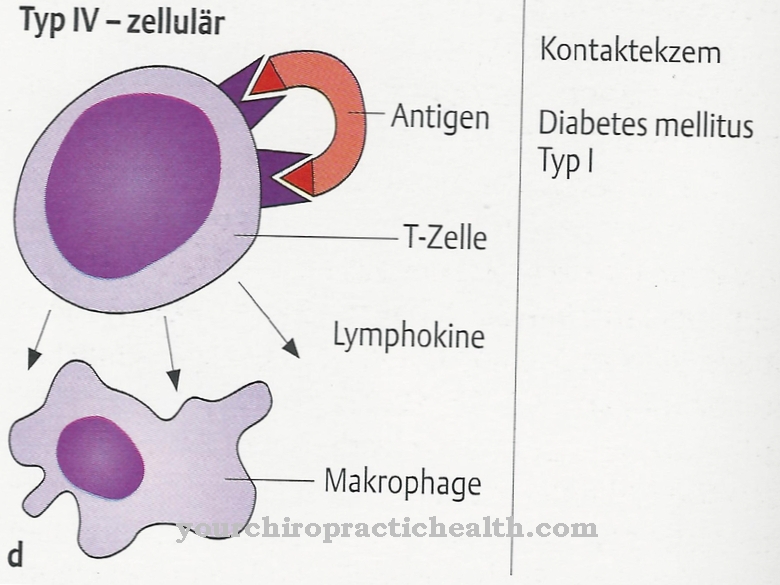




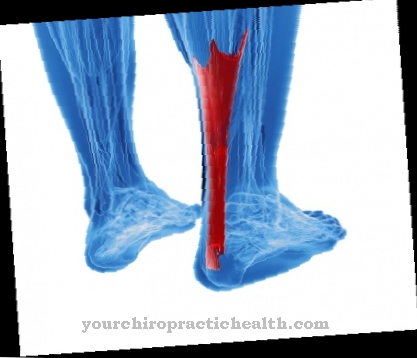





.jpg)


